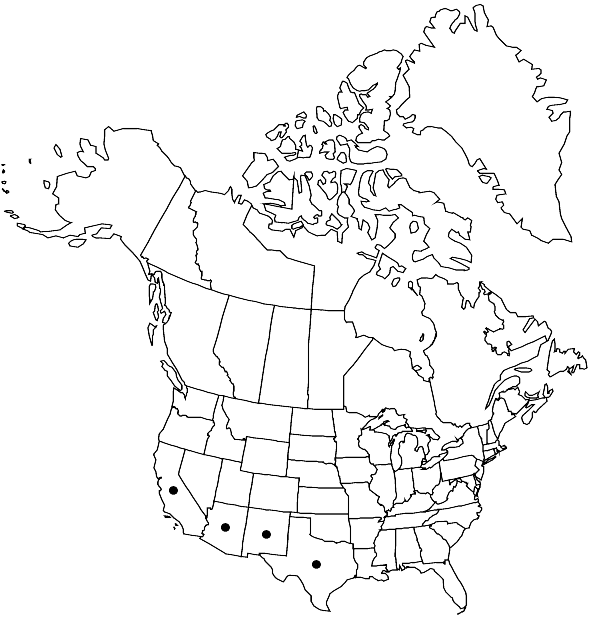Ceratodon purpureus subsp. stenocarpus
Bull. New Zealand Inst. 3: 50. 1914,.
Plants usually in open turfs and mats, usually yellow-green. Stems (0.3–) 0.6–1.4 (–4) cm. Leaves erect-patent to contorted or somewhat crisped when dry, rarely forming a comal tuft, patent to erect-patent to spreading when wet, 0.35–2.8 mm, distal margins usually toothed; costae percurrent to slightly excurrent. Seta pale-yellow to yellow-orange. Capsule slightly inclined to erect, usually arcuate, (1–) 1.7–2.3 (–3.7) mm, pale-brown to yellow (golden) orange, smooth to sulcate when dry, weakly strumose to struma absent. Peristome teeth usually bordered, usually with 8–16 articulations.
Phenology: Capsules mature early summer–late fall.
Habitat: Soil, tree bases, rock ledges, often on burned ground
Elevation: low to high elevations
Distribution

Ariz., Calif., N.Mex., Tex., Mexico, West Indies, Central America, n South America, Eurasia, Africa
Discussion
J. S. Burley and N. M. Pritchard (1990) noted that subsp. stenocarpus is mainly tropical to subtropical, and frequently at higher elevations within these regions, but also note its distribution in southwestern North America.
Selected References
None.